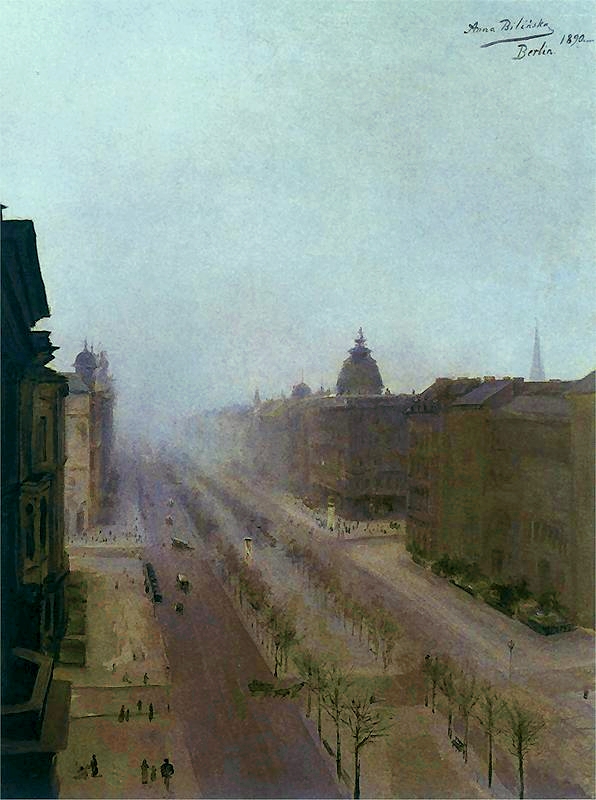After recently reading Gan I've been keen to return to Mori Ogai, one of Mori's tampen, The Dancing Girl/Maihime is a fascinating story that must count as being one of the first modern Japanese fictions set outside of the country. Set in the late 1880's, the story first appeared in 1890, opening with various brief recollections of his journey to and from Berlin, Ota Toyotaro goes further back with his recollections and recounts the path of his life, his father passing away, achieving a degree in Law at an early age, also learning French and German. After being sent to Berlin for further studies he notices with some relief that he is able to escape from the rather petty remonstartions of the head of his department. He walks Berlin through the Tiergarten and Unter den Linden, there's a sense that with his move to Berlin Toyotaro has gone through a subtle transformation of character, through shifting continents he himself has been through a subtle transformation of spirit, keeping aloof from his fellow countrymen in Berlin he is viewed with derision and suspicion by them and falls victim to slander, eventually loosing his post. At an old church at Klosterstrasse he comes across a sobbing girl, describing the girl's appearance he concedes; 'that only a poet could do her justice', through acknowledging that he is a stranger to the area, he inquires what is the matter, and learns that her father had recently passed away and that her employer is trying to coerce her into marriage with the condition that he will pay off her family's debt, the girl's mother scolds her for refusing the proposal. He learns her name, Elsie, also that she's a dancing girl, at first they form a relationship of tutor and pupil and after helping her out of her financial problems takes up lodgings in her home. Through an intermediary in Japan he gets some work writing journalistic dispatches.
As the story progresses it becomes apparent that Toyotaro is a man caught between many emotions and allegiances, although not explictly expressed, he finds himself caught in an emotional displacement, the consequences of these forces that are pulling him though are irreverisble in the end for Elsie. The story is potted with refrences to German literature, through a reading of Hackländer Toyotaro learns that the dancing profession is secondary to that of 'the lowest trade'. The arrival of Aizawa, his intermediary, in Berlin, along with that of Count Amakata forces Toyotaro's fate to turn, through translation work for the Count which takes him to Russia, Toyotaro's experiences lead him through the poorest and also the most privilged echelons of society. Though brief, the panoramic vision of intercontinental life must have made revelatory reading for its Meiji era audience, one that still transports the reader today. Although the narrative is one from a personal perspective, it could also be read that Toyotaro's actions and relationship with Elsie represent a comment in microcosm on the sensibilities of the expanding Meiji conciousness and the beginnings of Japan's presence into the wider world, Mori's portrait of this though, rather than being one of celebration ends with a beleagured sense of resignation and dissolution. The story is translated by Richard Bowring and has appeared in the first volume of The Columbia Anthology of Japanese Literature, and also in Youth and Other Stories edited by J. Thomas Rimer.
The Dancing Girl/Maihime at Chikumashobo
Above picture Unter den Linden, 1890 by the Polish artist Anna Bilinska-Bohdanowicz via wikicommons.

